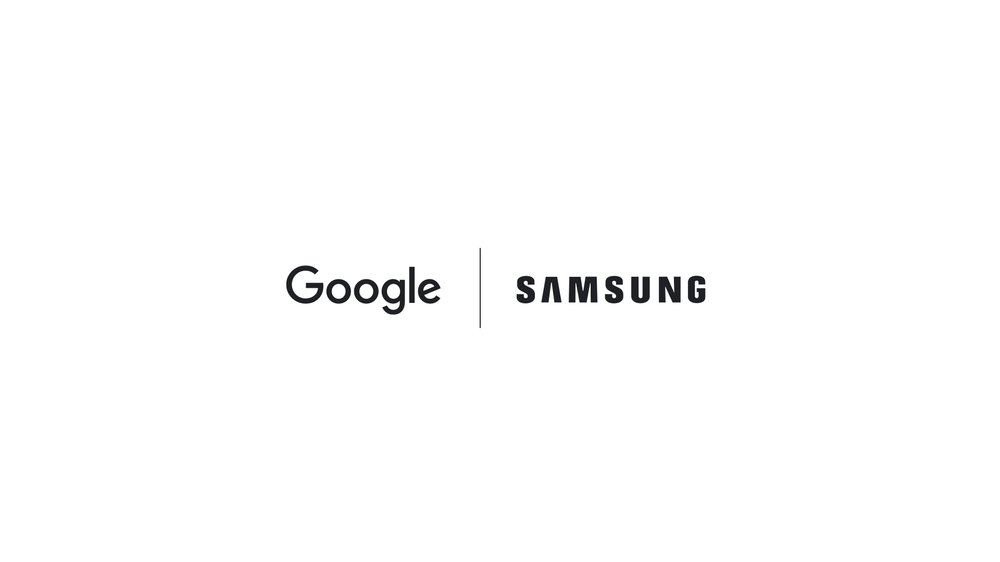Samsung has announced Samsung Pay now supports SMART Health Cards, including digital COVID-19 vaccine cards.
Governments and organizations around the world are working to develop vaccine passports and digital vaccine cards. With the Delta variant surging around the world, many companies are requiring vaccines, and some jurisdictions are requiring them for travel.
Samsung is working with the Commons Project Foundation to bring SMART Health Cards, and COVID-19 vaccination status, to Samsung Pay.
“Samsung Pay simplifies transactions for millions of mobile device users. As more and more consumers use their Samsung devices as a digital wallet it is a natural extension to make Covid-19 vaccination records more easily accessible,” said Rob White, Sr. Director of Product for Samsung Pay, Samsung Electronics America. “We are proud to partner with The Commons Project Foundation on this important initiative and to help make life easier.”
“CommonHealth’s collaboration with Samsung marks another important milestone as the availability and acceptance of SMART Health Cards as the standard for digital vaccination records continues to expand,” said JP Pollak, cofounder and chief architect of The Commons Project. “As a leading mobile device manufacturer and digital wallet, Samsung offers a secure and easily accessible place for consumers to store this vital health information. The Commons Project is committed to the continued expansion of our network of partners, empowering users with their own health data to use in enhanced and secure ways.”









